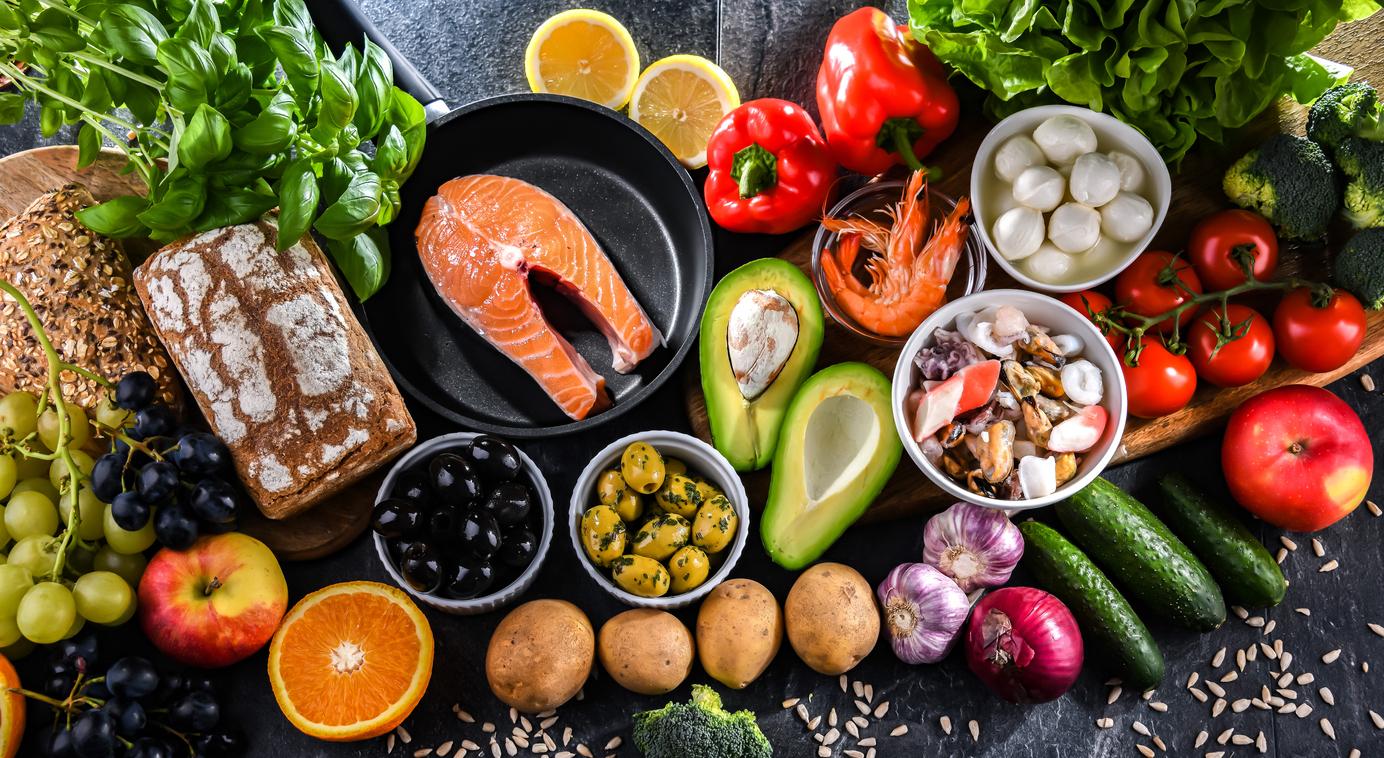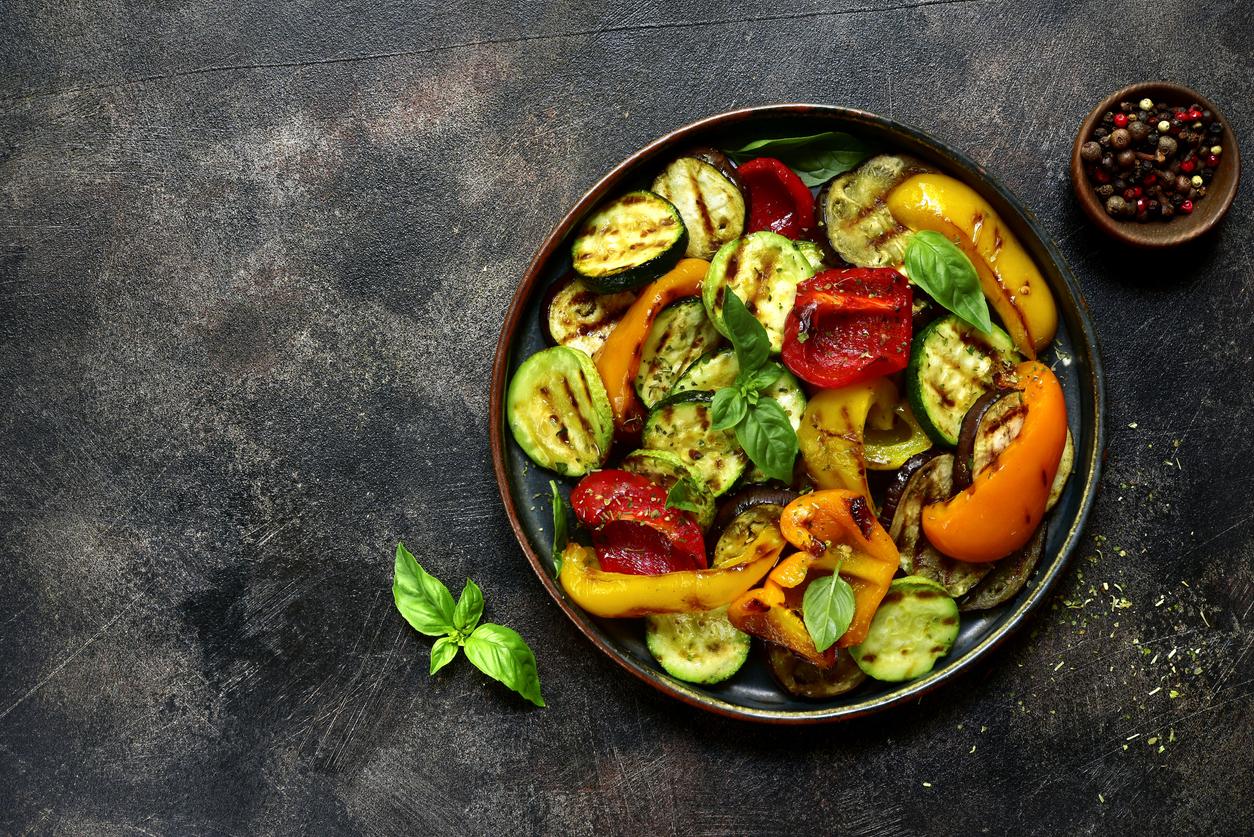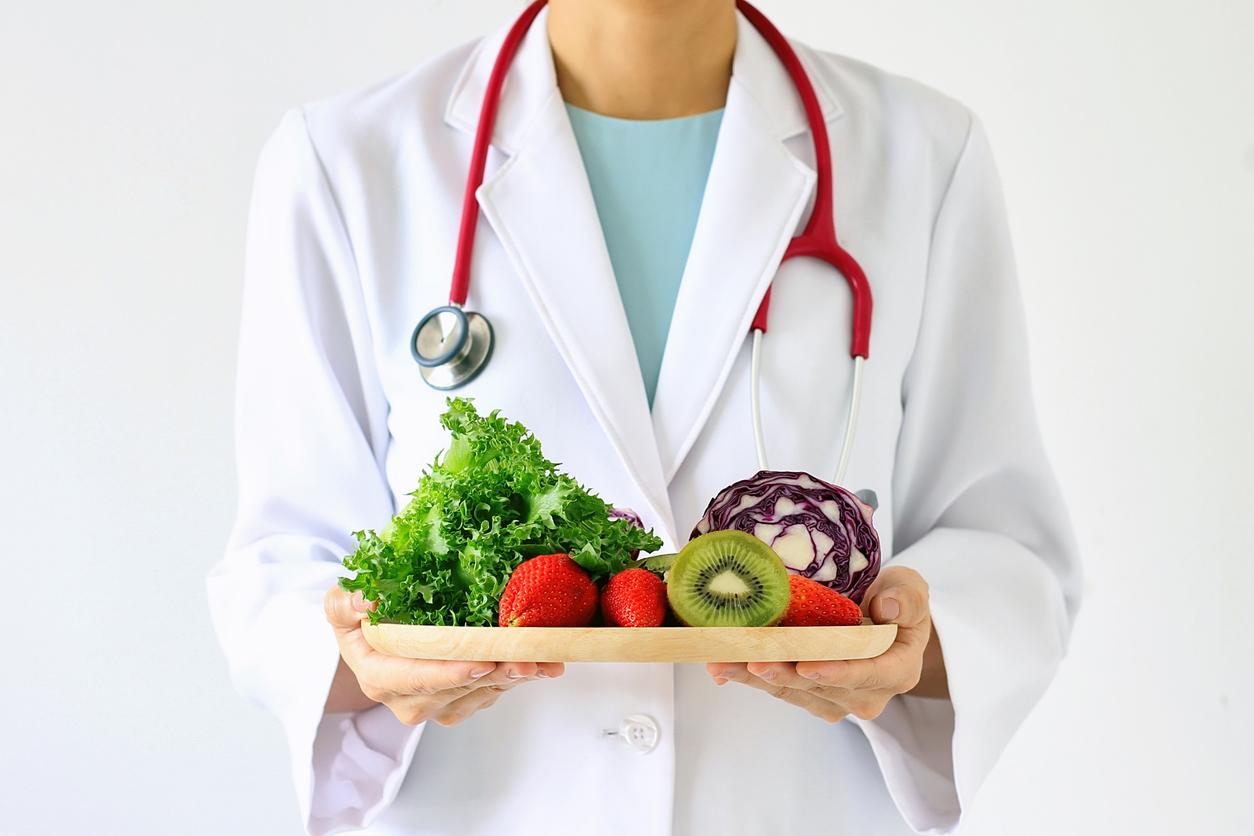According to a new study, thanks to chemicals called flavonoids found in oranges, eating one of these fruits once a day may reduce your chances of developing age-related macular degeneration (AMD) as you age.

Good news for lovers of acidic fruits. According to a new Australian study published on July 6 in the journal American Journal of Clinical Nutrition, eating an orange a day may reduce the risk of developing age-related macular degeneration (AMD), a disease that can lead to blindness, thanks to chemicals called flavonoids.
Given that so far a cure has only been found for the wet form of this affliction, which affects as many as 196 million people worldwide, the discovery is significant.
A 15-year study
To reach this conclusion, the researchers looked at data collected over 15 years on the health and lifestyle of 2,037 Australians, aged 49. The participants were screened for AMD at the start of the study and then after the fifth, tenth and final year. In addition, every year, they were subjected to questionnaires on their eating habits.
Based on all of this information, scientists found that patients who consumed at least one orange per day were much less likely to develop long-term AMD. This is thanks to the properties of eliminating free radicals and reversing the inflammation of flavonoids.
AMD, the leading cause of visual impairment in French people over 50
In the past, several studies have shown that having a diet rich in antioxidants and anti-inflammatory substances reduced the chances of developing AMD. Several molecules were then identified, such as vitamin A, C, zeaxanthin and lutein. But this is the first time that researchers have taken an interest in flavonoids in particular, as these secondary plant metabolites remain relatively unknown.
In addition to the consumption of oranges, scientists who have studied AMD recommend to favor oily fish such as salmon, mackerel or sardines, rich in omega 3. Because the membranes of our neurons and vision cells are very rich in these polyunsaturated fatty acids. Eating it twice a week would protect both the eye and the brain. Dark green vegetables are also recommended.
AMD, the leading cause of visual impairment after 50 years
Depending on the clinical form and (dry or wet) and the stage of the affliction, its manifestations may be discreet: loss of visual acuity, difficulty in reading, slight deformation of certain objects. At a more advanced stage, the patient will suffer from distorted vision and black spots will appear in their central field of vision.
At the present time, the development of the so-called “wet” form of the disease can be blocked by injections at regular intervals which are very expensive by the ophthalmologist.
All forms combined, the disease today affects around 8% of French people and its frequency increases slightly with age. Indeed, while it affects 1% of 50-55 year olds, it drops to 10% in 65-75 year olds and 30% in over 75 year olds. And given the increase in life expectancy, it should continue to grow …

.

















